Beets are generally considered to be a low-maintenance, quick-growing crop, making them the perfect choice for late summer and early spring planting. The problem with beets, however, is that they are a tasty treat for a variety of garden pests. If you notice your beet plants (Beta vulgaris) are being used as an all-you-can-eat buffet, then this article is for you. Read on to find out who or what is eating your beets, and how to stop them.

What’s Eating My Beets?
The most common insects and critters eating your beets are cutworms, aphids, rodents and rabbits, slugs and snails, flea beetles, darkling beetles, leafminers, beet leafhoppers, beet webworms, seed corn maggots, vegetable maggots, spider mites, and beet cyst nematodes.
It can be hard to figure out which of these pests is responsible for you eating beets. So let’s find out more about how to spot them, and what to do to get rid of them for a healthy harvest of delicious beetroots.
1. Cutworms
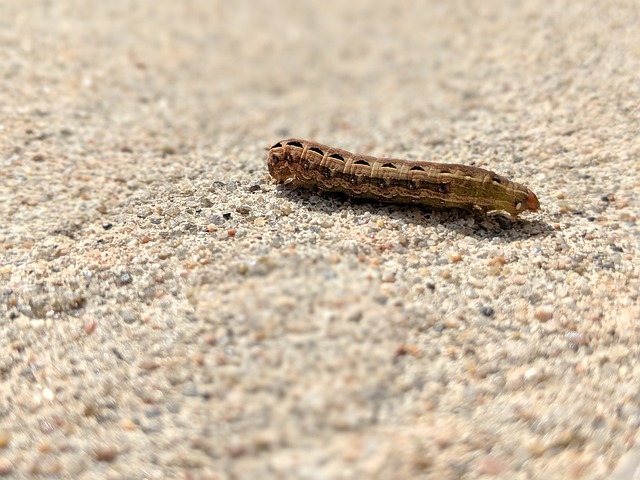
Cutworms can be found buried in the soil at the base of your beets. These dull brown or gray-bodied little worms love to spend their days chomping on the stem of your beetroot plant. They have been known to have a nibble on your plant’s leaves, but usually stick to the stem.
If your beetroot plants start to topple over, chances are they have been eaten by cutworms. A natural way to get rid of the worms is to sprinkle eggshells, coffee grounds, or diatomaceous earth around your beets. To prevent a cutworm infestation, use a ‘collar’ around the base of the beet stem.
2. Aphids
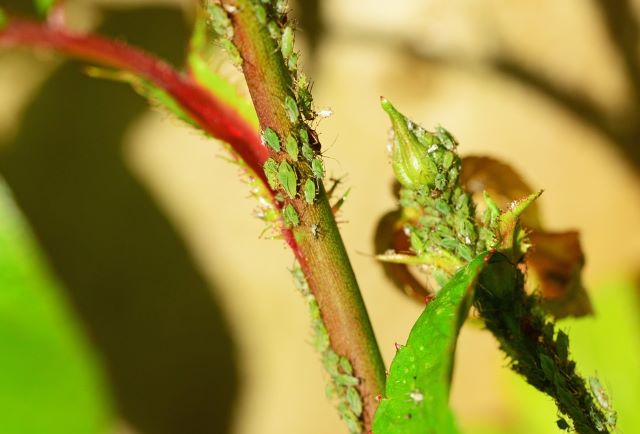
There is nothing like an aphid infestation to strike fear into the hearts of home gardeners everywhere. Aphids are a common garden pest that ranges in color from white, orange, and green to black.
If you notice the leaves of your beet plant curling and turning yellow, it may be an aphid infestation. The easiest way to identify if it is aphids eating your beet leaves is to take a look at the underside of your plant’s leaves.
If aphids are the culprit, you will see tiny flecks of yellow, white, green, or black on the stem. Aphids leave behind a sticky residue, called honeydew, created as they suck up the plant’s sap. This can draw ants to plant too.
The easiest way to get rid of aphids is by spraying your beet plants with the garden hose. A gentle spray of insecticidal soap will also help get rid of aphids.
3. Rodents and Rabbits
Rodents such as voles love to eat beets. Voles which resemble mice, like to sneak into gardens at night to nibble on beet leaves. If your beet leaves are disappearing, voles could be the cause. Another animal responsible for your disappearing leaves could be rabbits.
In comparison to a voles bite, leaves chomped on by rabbits will have been sharply chewed on. Voles tend to nibble close to the ground and just under the soil. To prevent either critter from eating your veggies, the best defense is a fence. The fence needs to be made of small wire mesh, the bottom of which should be buried at least 6 inches below the ground.
4. Slugs and Snails
If slugs and snails are eating your beets, you will notice little holes in your plant, stemming from the outer edges of the leaves. Another tell that it is slugs or snails eating your crop is the shiny trail of mucus the mollusks leave behind.
Slugs and snails may devour the entire plant, right down to the soil in just one night. One way to combat these slimy intruders is to hand-pick them off of the leaves of your plant. Hand-picking off the pests is best done in the early morning or the evening.
Another way to stop the mollusks from eating your beets is to spread a barrier around your plants. The barrier can be made from sharp sand, crushed oyster shells, cinders, or sawdust.
A third option would be to set traps for the creatures. Place a cabbage leaf or grapefruit skin in a cup. You need a lot of traps to be effective. Make sure you check them daily and empty them!
And if all else fails, you can use these slug and snail baits which are safe for pets and use in the organic garden.
5. Flea Beetles
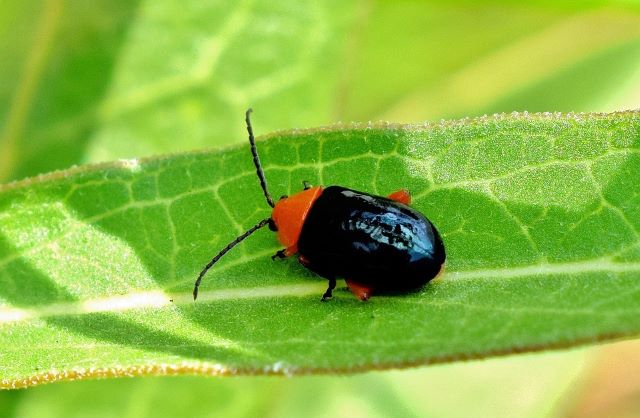
Several types of ground-dwelling black beetles could be eating your beets. Flea beetles are fairly common, and leave tiny circular holes on beet leaves. The best way to combat any ground-dwelling beetle is to sprinkle a layer of diatomaceous earth around the base of your beet plants.
This needs to be reapplied after a few days and it works best in dry conditions.
You can also use row covers and plant trap crops such as radishes.
6. Darkling Beetles
These beetles, also known as rove beetles, are particularly fond of beet seedling stems. They can also dig up beet seeds before they have a chance to germinate.
There are actually over 20,000 species of darling beetles and many of them are considered beneficial, though in the vegetable garden they do some damage to your beet plants.
It’s also difficult to spot these beetles as they hide during the day and come out at night to feed.
To protect beet seeds and seedlings it’s a good idea to use row covers.
7. Leafminers
If you notice a winding, maze-like pattern appearing on your beet leaves, your beets have leafminers. These pests, which are the larvae from the leafminers flies, chew tunnels into the leaves of your crop.
If there aren’t too many leaves showing signs of leafminers, simply remove the affected leaves. If you have a lot of them or if they infest your beet plants while they are still seedlings, they can cause your beet leaves to drop and reduce the size of the beets.
The solution? Floating row covers that you applied when you plant your beets. These stop the flies from landing on your beets.
8. Beet Leafhoppers
The beet leafhopper is a pest mostly found in Canada, western regions of the United States, and Mexico. They are tiny pests, tan in color with dark blotchy markings or they can be pale green. These tiny winged bugs can wreak havoc on your vegetable garden.
Beet leafhoppers eat beet leaves, and they can spread the devastating beet curly top virus. This virus causes your beet leaves to turn yellow and die. If your beets have succumbed to the virus, your only option is to pull them up.
Floating row covers can stop insects from landing on your plants. Furthermore, ensure that all weeds are removed from your garden.
9. Seedcorn Maggots
The name of this pest can be misleading. Because while they may be named after corn, they are fond of beet seeds too. If your beets don’t grow, dig up the soil and see if these pests are present. They are larger than the beet seed, and whitish yellow. You will notice them right away.
The only way to stop these pests is to start your seedlings indoors.
10. Beet Webworms
Beet webworms are moth larvae. Several different species of webworms can affect your beets such as the Southern beet moth webworm and the garden moth webworm. These pests are most commonly found in the warmer parts of the United States, such as the western and southern regions.
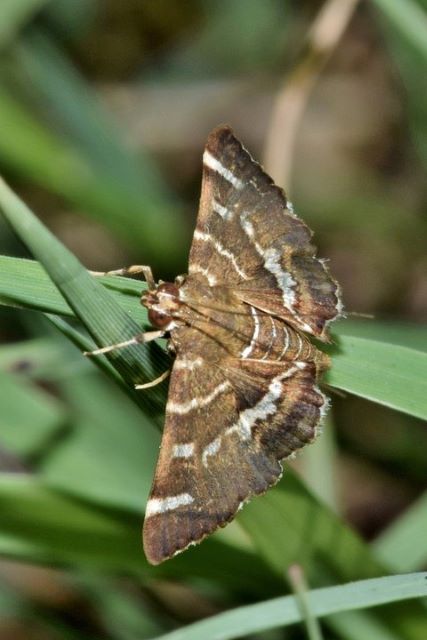
The various species of beet webworms can eat an entire beet leaf in a record amount of time. These pests also cause your beet leaves to curl or bind together due to the silky strings the moths use to make webs.
Because there are so many different types of webworms, the best way to identify them is to try and touch one of the worms (do not attempt if you are squeamish). The worm will drop from the leaf on a silky thread.
The worms usually only affect the beet leaves, and the most effective way to remove them is by spraying your beets with an organic insecticide.
11. Vegetable Maggots
Similar in appearance to seedcorn maggots, vegetable maggots eat the roots of plants. The maggots are the larvae of root or cabbage flies. Vegetable maggots eat tunnels into the surface of your beetroots, eating every last fine root hair in the process.
If your beets have vegetable maggots, they will look wilted and weak. In addition, your beets will not grow, and the leaves will turn yellow or mottled. In addition, the leaves may have a purple outline.
To prevent these maggots, wait to plant your beet seedlings until late May. Alternatively, you can cover your crop with floating row covers during fall and spring. During winter toil your soil until you can see the pupae.
12. Spider Mites
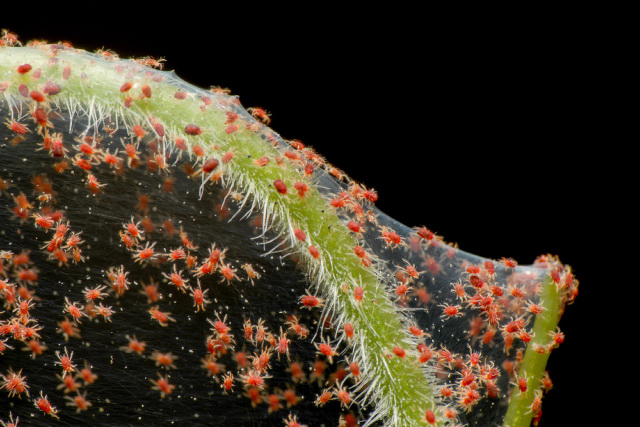
Two types of spider mites commonly target beets. These are strawberry spider mites and two-spotted spider mites. These tiny mites eat the underside of your beet leaves, sucking any liquid out of your plant. This causes yellowish or white spots to appear. Spider mites cause beet leaves to fall off.
These minuscule mites usually target beet plants that are not happy, so plants in warmer climates. To prevent spider mites, it is best to keep your beets happily hydrated. If you do see spider mite webs, blast them with some cold water.
13. Beet Cyst Nematodes
This particular pest is extremely difficult to spot, as they are not visible to the naked eye. If you notice your beets are not growing how they should, if they look stunted and malformed, you may have these microscopic pests.
If you think beet cyst nematodes are thriving in your soil, dig up your beets. Beet plant roots with yellow cysts are evidence you have beet cyst nematodes in your garden. The only thing to do is dig up your plants.
To prevent these minuscule organisms from ruining your crop, dig up two feet of your soil, turning it over so it is in the sun. Leave the soil for a week and then repeat the process. Do this several times to ensure the organisms are dead. You won’t be able to plant any beets there for at least three years.
Organic Gardening Pest Control Ideas For Beets
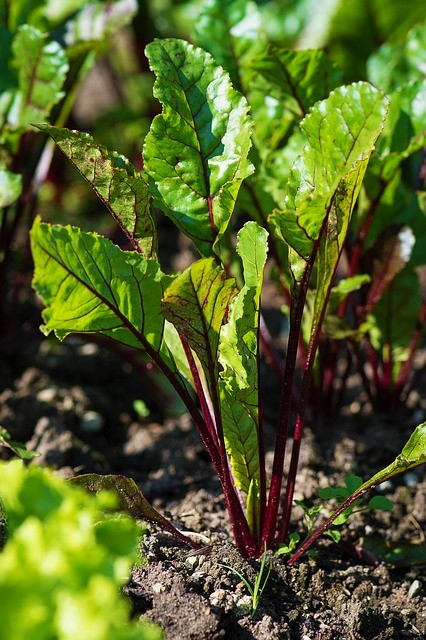
Hopefully, by now you have discovered which pest or combination of pests are eating your beets and how to get rid of them.
There are a few organic gardening products on the market that can really help keep your vegetable garden healthy and free of pests. Some of my very favorite ones are horticultural neem oil and insecticidal soap. Both these products are gentle on the environment and an organic gardener’s helping hand in the garden.
Introducing beneficial nematodes is another helpful tip for the organic garden and will do wonders for helping keep pests in check under the ground and your soil healthy. By using homemade compost and aged manures, beneficial nematodes will naturally thrive in your soil.
You can also encourage beneficial insects into the garden that will keep pest numbers down for you. Planting a diverse garden that includes lots of flowers including marigolds, nasturtiums and herbs will attract all sorts of helpful bugs into your garden. These plants are also edible so you can pick a small harvest to add to your next meal while allowing the rest of the plant to go to work for you, helping you to achieve a thriving edible garden.
Further Reading:
